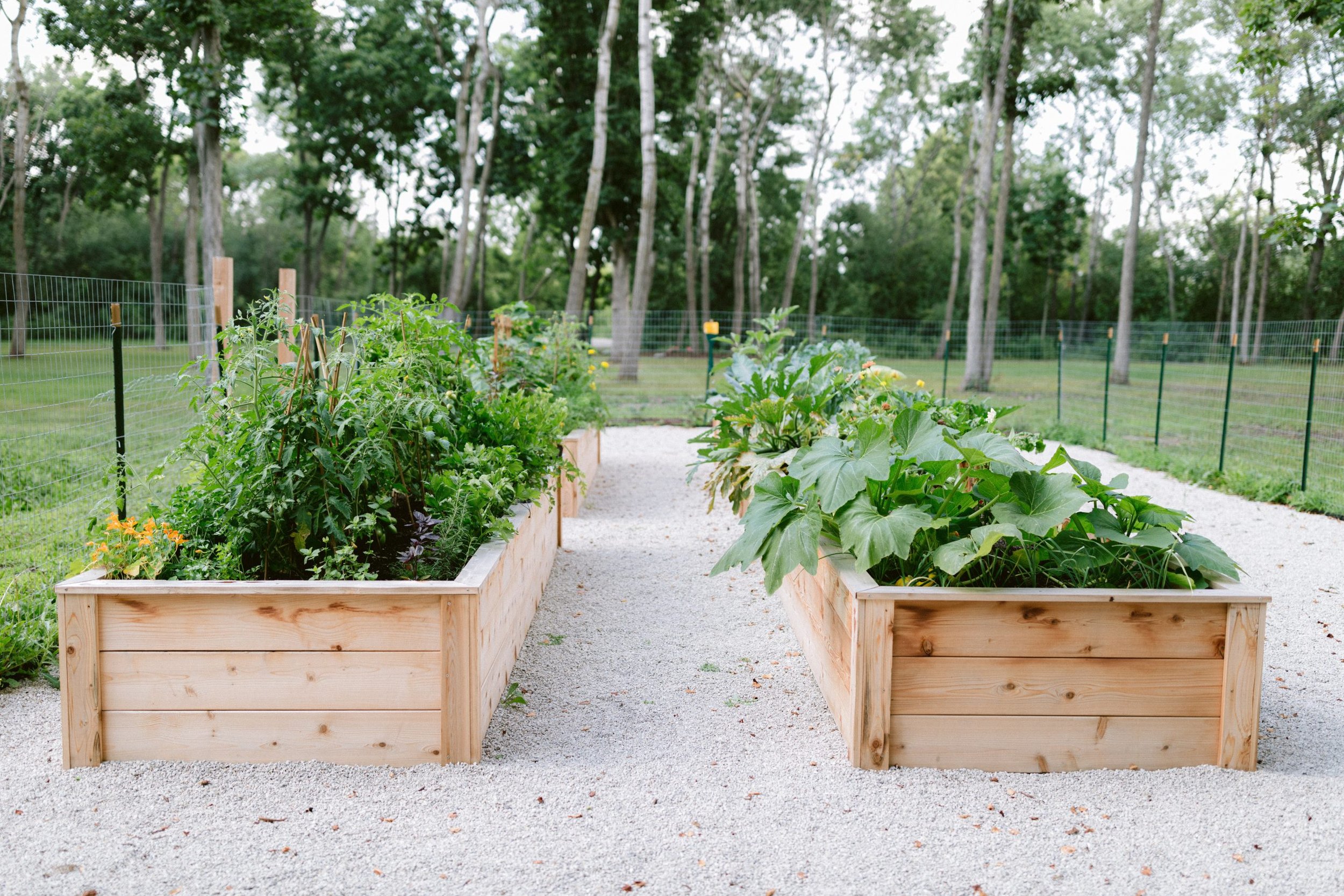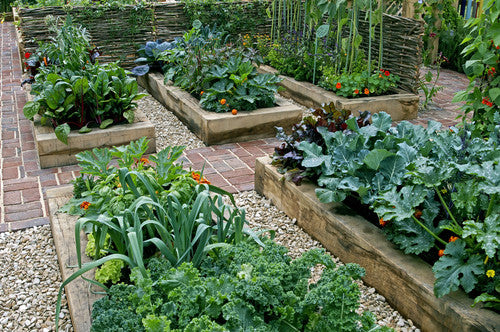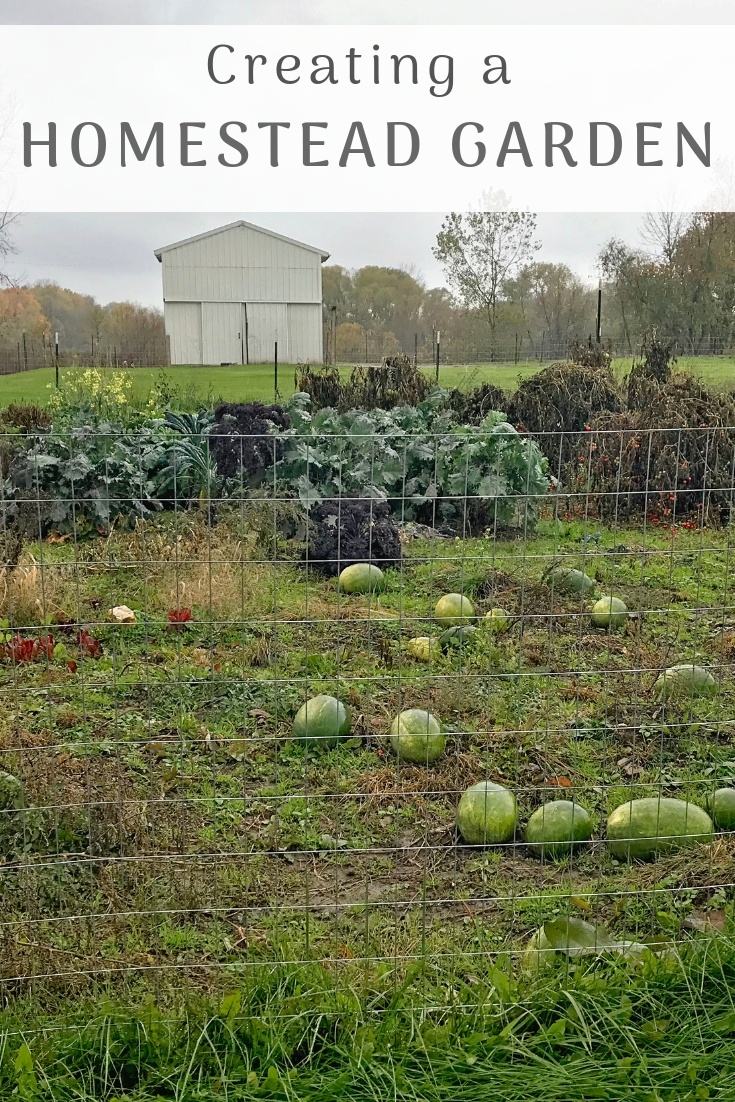How to Go Green with Homestead Gardening
How to Go Green with Homestead Gardening
Blog Article
Learn How to Grow a Thriving Gardening Atmosphere for All Ability Levels
Developing a growing garden is a complex venture that can be embraced by individuals at any type of skill degree. By analyzing crucial parts such as soil health, appropriate plant selection, and seasonal treatment regimens, one can develop a sustainable gardening practice that produces satisfying outcomes. Recognizing just how to analyze and boost your yard room lays the structure for success. Yet, the complexities of implementing these concepts frequently present obstacles that can discourage even one of the most enthusiastic newbie. What methods can be utilized to conquer these obstacles and foster a genuinely thriving environment?
Recognizing Your Garden Room
In the realm of horticulture, recognizing your yard space is paramount to growing a flourishing landscape (Homestead Gardening). The initial step in this undertaking entails assessing the particular characteristics of your plot. Aspects such as dirt make-up, sunlight direct exposure, and drain play critical duties in figuring out the viability of your yard for various sorts of plants
Begin by performing a dirt test to examine pH degrees and nutrient content, which will notify any kind of essential amendments. Additionally, observe just how much sunlight your room obtains throughout the day. Various plants have differing light requirements; some grow completely sun, while others prefer partial or full shade.

Lastly, evaluate the readily available room and strategy as necessary. This includes thinking about plant elevations and spread out to make sure appropriate room for development without overcrowding. By getting an extensive understanding of your yard area, you established the structure for an effective horticulture experience.
Picking the Right Plant Kingdoms
Selecting the right plants for your garden calls for mindful consideration of various variables, including environment, soil problems, and personal choices. Beginning by evaluating your local climate, as particular plants flourish specifically temperature level ranges and climate patterns. Exotic plants may not endure in colder regions, while durable perennials can hold up against harsh winters.

Consider your individual preferences, consisting of visual appeal and maintenance degrees. Make a decision whether you choose lively flowers, lush vegetation, or edible plants. In addition, consider the moment and effort you agree to purchase plant care, as some varieties require more focus than others.
Last but not least, think of the yard's format and light exposure. Sunlight patterns throughout the day will affect your choices-- some plants call for full sunlight, while others flourish in color. By attentively evaluating these elements, you can produce a harmonious and productive garden customized to your environment and preferences.
Essential Gardening Devices
A well-appointed garden enthusiast can substantially boost their horticulture experience and end results. Important horticulture tools are basic to growing a successful garden, no matter of skill level. First, a tough spade is indispensable for digging and turning soil, while a trowel permits precise planting and transplanting of smaller sized plants.
Pruning shears are crucial for maintaining plant wellness by removing dead or thick branches, promoting far better air blood circulation and development. In addition, a hand rake serves for removing debris and freshening the soil, ensuring ideal conditions for plant roots.
Gardening handwear covers shield hands from thorns, blisters, and chemicals, making them a crucial device. A watering can or pipe with a flexible nozzle makes certain that plants obtain appropriate wetness without overwatering.
Last but not least, think about spending in a sturdy wheelbarrow for carrying dirt, plants, and tools around the garden effectively. By putting together a high quality toolkit that includes these necessary products, gardeners can take on different tasks with confidence and convenience, paving the way for a prospering horticulture atmosphere. Keep in mind, the right tools not only boost effectiveness yet additionally enhance the total enjoyment of the gardening process.
Dirt Prep Work and Maintenance
Quality dirt is the structure of an effective yard, making correct prep work and upkeep vital for healthy and balanced plant development. Based on the examination results, amendments can be click now made to optimize dirt conditions for particular plant needs.
Including natural issue, such as garden compost or well-rotted manure, is important for boosting dirt structure and fertility. This not only improves nutrient schedule however additionally advertises valuable microbial task. Additionally, appropriate water drainage is crucial; hefty clay soils may need the web link enhancement of sand or perlite to enhance oygenation.
Normal maintenance of dirt health and wellness includes mulching, which conserves moisture and suppresses weeds. Revolving crops every year assists protect against nutrient depletion and decreases parasite and illness dangers. It is likewise important to prevent over-tilling, which can disrupt soil structure and damage beneficial organisms.
Inevitably, a consistent commitment to dirt preparation and upkeep will certainly lead to a prospering garden, making certain that plants receive the crucial nutrients they require for durable development and efficiency.
Seasonal Treatment and Management

In spring, emphasis on planting brand-new seeds and seedlings, while also conducting soil examinations to amend nutrient shortages. Consistently inspect for pests and conditions, as these can proliferate with the warming climate. Summertime demands regular watering and mulching to keep dampness, along with pruning for far better air circulation.
As autumn methods, it's time to prepare the garden for inactivity. This consists of gathering plants, tidying up particles, and applying a layer of compost to shield plant origins from frost. Think about growing cover plants to enrich the dirt throughout the wintertime months.
Finally, winter months care is critical. Examine structures like greenhouses for damage and guarantee appropriate insulation for delicate plants. Consistently monitor for pests that might seek sanctuary inside. discover this info here By adapting your horticulture techniques to the seasonal cycles, you can foster a flourishing setting that sustains plant health and wellness year-round.
Conclusion
In conclusion, cultivating an effective garden needs a comprehensive understanding of necessary principles such as dirt composition, sunshine exposure, and proper plant option. Regular seasonal treatment and administration methods further enhance plant health and performance.
Picking the right plants for your yard calls for cautious factor to consider of different variables, including climate, soil conditions, and individual preferences. Conduct a dirt test to identify pH degrees and nutrient content, which will assist you in selecting plants that will certainly thrive in your yard.Finally, consider spending in a tough wheelbarrow for delivering dirt, plants, and tools around the yard effectively.Quality soil is the foundation of an effective yard, making correct prep work and upkeep crucial for healthy and balanced plant development. Homestead Gardening.In conclusion, growing an effective garden calls for an extensive understanding of vital concepts such as dirt structure, sunlight direct exposure, and suitable plant choice
Report this page